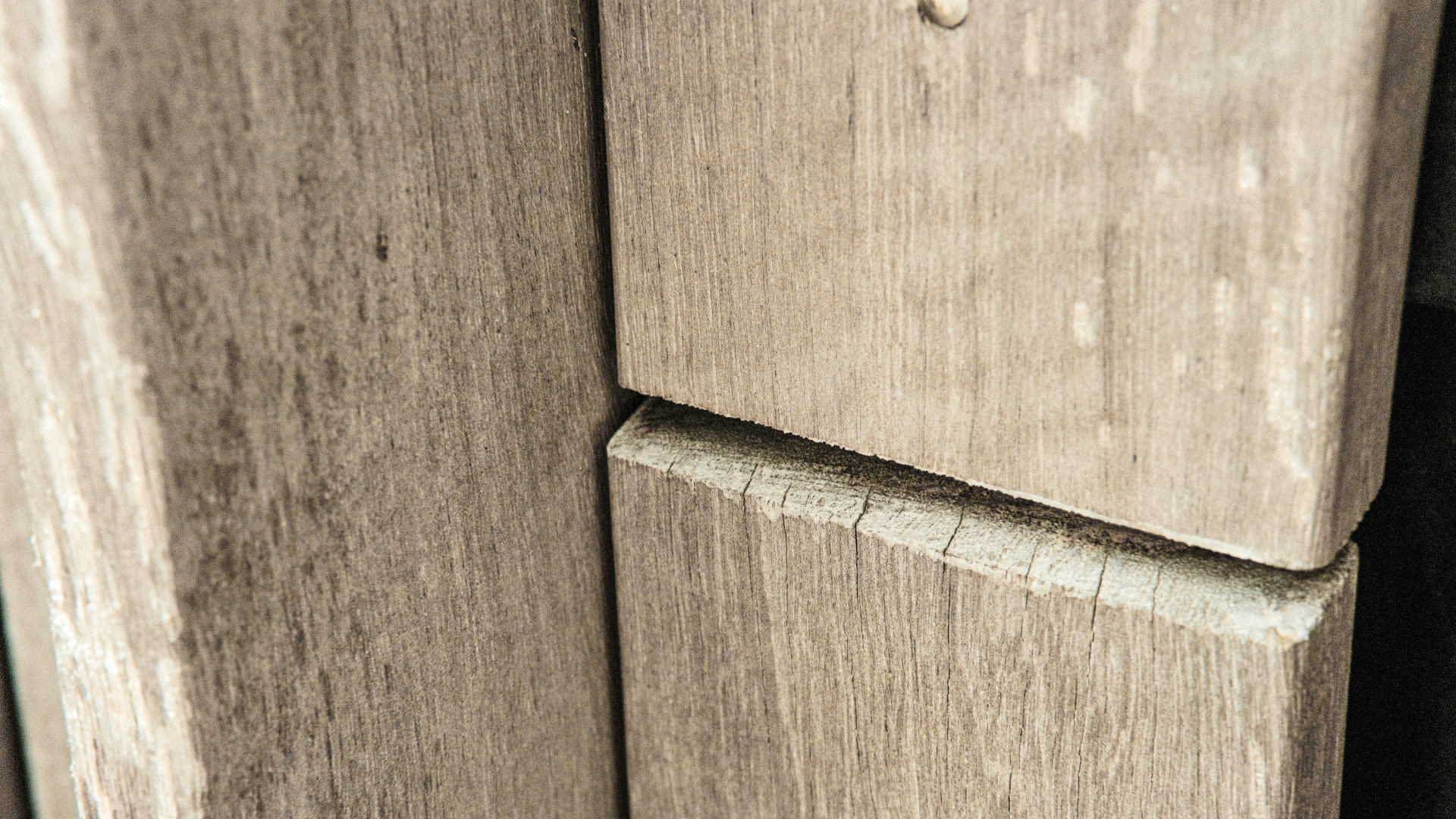Of je nu werkt met planken, gevelbekleding of terrasdelen, het beschermen van de kopse kanten van hout is essentieel. De Nederlandse gevel krijgt veel te verduren. Regen en wind – we zijn er allemaal mee bekend. Om te voorkomen dat vocht via de uiteinden in het hout trekt, is het gebruik van een kopse sealer aan te raden. De naam, kopse sealer, zegt het al: hiermee sluit je het kopse hout af.
Whether you're working with boards, cladding, or decking, protecting the end grain of wood is essential. The Dutch façade is exposed to a lot — wind and rain are all too familiar. To prevent moisture from penetrating the wood through its ends, it’s recommended to use an end grain sealer. The name says it all: with this product, you seal off the exposed end of the wood.
Why use an end grain sealer?
Wood absorbs and releases moisture much faster through the end grain. This so-called capillary action is (bio)logical: when the tree was still alive, it transported moisture and nutrients through these very same fibers. You can imagine a plank like a straw through which water can flow. By sealing the ends, you prevent water from entering. This slows the spread of fungi — which need moisture to move — and extends the lifespan of the wood.
An end grain sealer also helps prevent warping and end cracks. This kind of damage occurs when moisture migrates in and out of the wood. Although Platowood’s wood is hardly susceptible to this — thanks to the platowooding process, our wood has up to 70% less swelling and shrinkage — an end grain sealer provides extra assurance. Large end cracks are also sorted out, so you are guaranteed high-quality wood.
An additional benefit is that an end grain sealer also protects the wood’s color finish. Untreated ends absorb more moisture, which negatively affects the adhesion of paint or stain. By using a sealer, the finish remains more intact, and the color degrades more evenly over time.
How to apply an end grain sealer
Use a disposable brush or felt roller to apply the sealer. For optimal protection, you can repeat the treatment once or twice. Be careful not to get any sealer on the visible face of the wood, as it can cause stains that are hard to remove.
The sealer is dust-dry in about 30 minutes and paintable after two hours. If you plan to paint the wood afterward, a single layer is usually sufficient.
Are you planning to cut or bevel the wood first? Then stack the boards and seal all the ends at once. This saves time and ensures a consistent finish. Just make sure that no boards are sticking out to keep the visible surface stain-free. Check the condition of the sealer annually and reapply if needed.
In short, using an end grain sealer protects your wood from external influences. It requires little effort but has a significant impact on the lifespan of the wood and the durability of its color finish. Want to know more about the end grain sealer we recommend? Contact us!
